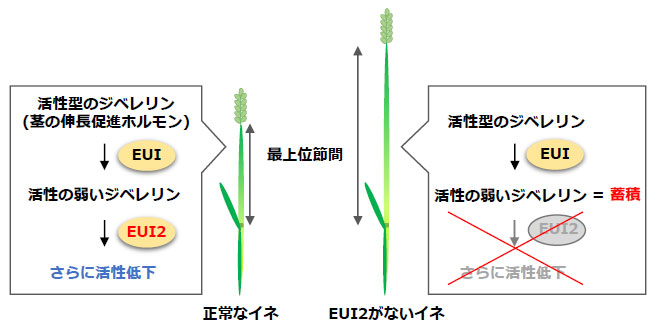2025-06-05 北海道大学
 群来の再現の様子。実験開始(左)。産卵後はニシンの精子で水中が真っ白に(右)。
群来の再現の様子。実験開始(左)。産卵後はニシンの精子で水中が真っ白に(右)。
<関連情報>
- https://www.hokudai.ac.jp/news/2025/06/post-1901.html
- https://www.hokudai.ac.jp/news/pdf/250605_pr2.pdf
- https://www.nature.com/articles/s41598-025-95189-2
ニシンの集団産卵イベントにおける行動の時系列変化 Temporal changes in behavior during the group spawning event of Pacific herring (Clupea pallasii)
Kyosuke Seki,Makoto Tomiyasu,Mitsuki Kuroda,Masaki Ichimura,Nobuhiko Sato,Yanhui Zhu,Kenji Minami & Kazushi Miyashita
Scientific Reports Published:02 April 2025
DOI:https://doi.org/10.1038/s41598-025-95189-2
Abstract
Pacific herring (Clupea pallasii) spawn in large aggregations, releasing gametes individually. It is unclear the mechanism of group spawning such as behavioral synchrony and persistence on fine scale due to the difficulty of direct observation. The present study used acceleration data loggers to examine the behavioral changes on a fine scale during a spawning event. We conducted the experiment using 911 fish in a large tank. Data loggers were attached to 15 males and 38 females. After the first individual changed behavior, the acceleration change occurred synchronously in many individuals within 30–40 min. This acceleration changes seemed to reflect the sequence of spawning behavior such as rising, milling, substrate testing, and releasing gametes. Additionally, these behavioral changes then occurred in cycles of 105–210 min. It seemed that pheromone stimulation triggered this behavioral synchrony, while habituation to pheromones caused the cycles of behavioral changes. We suggest that behavior synchrony on fine scale is essential for increasing fertilization rate. Additionally, timing the release of gametes may avoid the risks of wasting gametes by releasing them in adverse conditions. These mechanisms are essential for herring to increase their reproductive success.



